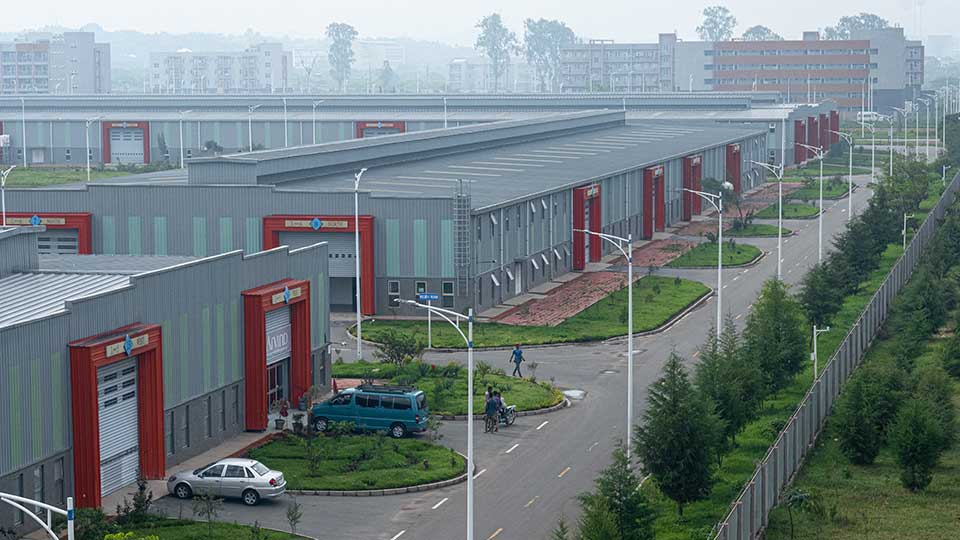
By Keyi Tang
The Taliban administration recently announced plans to convert former US military bases into special economic zones (SEZs) with the aim of promoting economic self-sufficiency through increased trade and investment.
The Taliban are not the first to consider establishing an SEZ – there are currently over 5,000 SEZs in the world. About 75 percent of developing economies and almost all transition economies use these geographically bound areas in which governments facilitate industrial activity through fiscal and regulatory incentives and infrastructure support in their early stages of industrialization.
Why have SEZs traveled so far and fast globally? And how do SEZs vary across national contexts?
In the Review of International Political Economy, I argue that the recent wave of SEZ adoption among developing and transition economies is driven by their desire to catch up with increasing economic competition and globalization. Additionally, a coalition between the Newly Industrialized Economies’ (NIEs) governments, private investors and state-owned companies actively promoting their model overseas has become the key policy ambassadors in the globalization of SEZs while expanding NIE capital to emerging markets. However, the variation of SEZ policy in national contexts, however, is constrained by existing institutional settings.
I use field interviews with 53 key government officials, local scholars, foreign SEZ managers and investors in Ethiopia and Vietnam to trace the process of SEZ development in these countries. Ethiopia and Vietnam were selected because they are rising economic stars in their respective regions.
In their early-stage SEZ administrative and legislative frameworks, Ethiopia has learned tremendously from mainland China, while Vietnam has mostly learned from Taiwan. Ethiopia and Vietnam did not establish their first SEZ until five years after they initiated SEZ development plan, only after Chinese and Taiwanese investors provided the essential financial and technical support. These investors not only brought the SEZ concept, but also pushed the establishment of early-stage SEZ laws and administrative agencies in host countries. The active policy learning of host countries’ elites from their development experiences was essential to shaping a consensus to deploy SEZ as a new national policy to attract foreign direct investment (FDI) and facilitate industrialization.
However, the influence of past decisions and historical institutions limits the ability to customize policies during the later stages of SEZ development. While Ethiopia adopted a centralized SEZ management, Vietnam chose a decentralized SEZ development model. Ethiopia’s centralized SEZ management system aligns with the Ethiopian People’s Revolutionary Democratic Front’s (EPRDF) state-building attempts to centralize state capacity in an ethnically divided, developmental and patrimonial state. Vietnam’s homogeneous ethnicity does not require the Vietnamese Communist Party (VCP) to cement national identity through centralization. On the contrary, the VCP’s legitimacy crisis caused by over-centralization was a principal cause of its market reform.
Based on these findings, I offer three key recommendations for developing countries using SEZ policies for industrialization. First, host countries should grant more autonomy to local SEZ authorities in making their own legal and administrative institutions to attract investors. Second, countries should pay attention to their environmental and social governance (ESG) practices while attracting FDI in SEZs. Third, countries should allow more private sector participation in SEZ development.
In all, formulating a cohesive long-term SEZ development strategy requires relatively strong state capacity and enduring political stability, making it uncertain how effective the Taliban’s SEZ-based plan for economic structural transformation will ultimately prove to be.
***Keyi Tang is Global China Pre-doctoral Research Fellow at the Boston University Global Development Policy Center. Follow her on twitte







